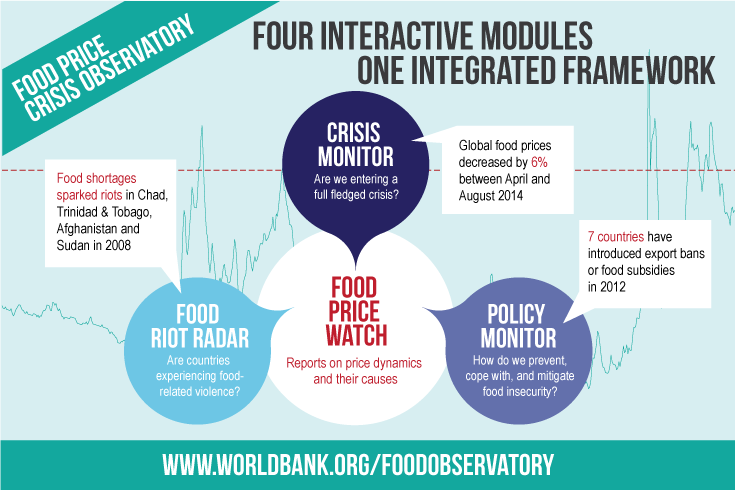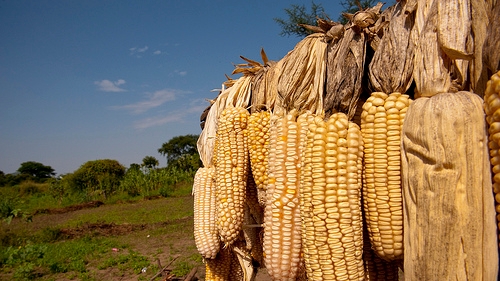JOIN AUTHOR JOSE CUESTA FOR A LIVE CHAT, OCTOBER 2, 10AM EST
Global food prices hit a four-year low as of August 2014, driven mainly by sharp decreases in the price of wheat, which went down 19 percent, and maize, which decreased 21 percent between April and August 2014. In contrast, rice prices actually increased 13% during the same period. Prospects for next year’s harvests and food stocks are strong.
Domestic prices remained relatively stable, with notable exceptions across Central America and some parts of Western Africa, the latter partly associated with the Ebola Virus Disease. Prices in individual countries saw their typical variations, with large wheat price increases in monitored markets in Sudan and Ethiopia, and decreases in Argentina. Domestic maize prices decreased in monitored markets across Africa. Rice prices went up in Vietnam, Thailand, and India.


